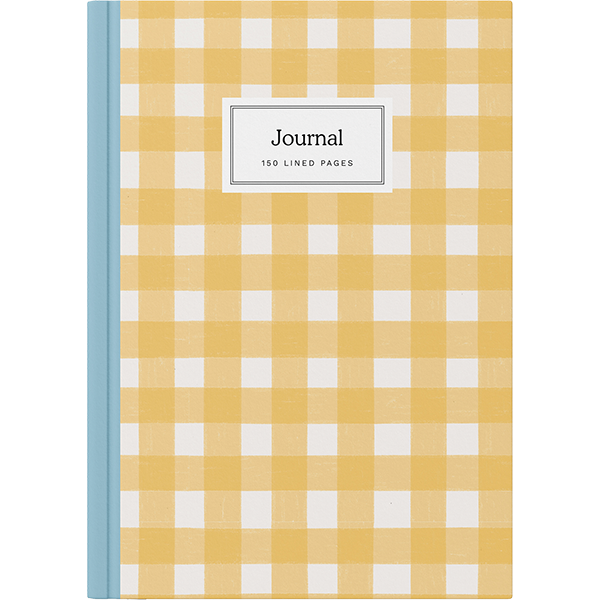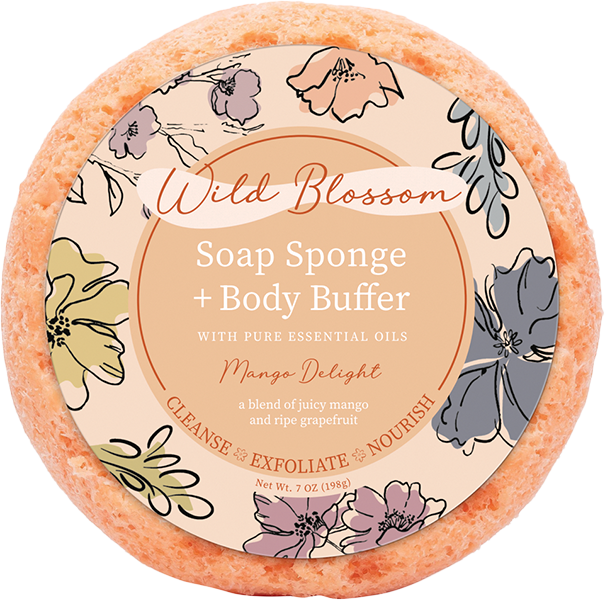Play Your Cards Right
According to the Greeting Card Association, Americans purchase 7 billion greeting cards every year for an annual retail sales total of more than $7.5 billion. With an estimated 100,000 retail outlets around the country selling greeting cards, the question begging to be asked is, Are you?”
Whether you’re running a specialty store in a zoo, an airport or a museum, people are coming in because they want a reminder of the experience they just had. If they’re buying a gift, they’ll need a card. And while a zoo will have much different needs than those of an art museum or a hospital, cards and stationery fit the bill as the perfect way to say, “thank you,” “wish you were here” or “look where I’ve been.”
“Gift shops should definitely keep a nice range of occasion and blank notes for their customers who purchase gifts,” said Karen Bullard of Karen Cole Paper. “I know that I personally love to have that when I purchase a gift, as it’s one less stop for me!”
And while note cards are the most versatile to stock, by selling stationery you may be offering them something different and unique. The most successful retailers are quite savvy about knowing what their customers will like.
“The key is being in touch with the mindset of the consumer when they are visiting a particular shop,” said Kimberly Rinehart of It Takes Two Inc. “For example, many travelers visiting a hotel gift shop look for nice cards with birthday, friendship or missing you sentiments, while someone visiting a park or botanical garden may purchase note cards with an outdoor theme or a lovely floral theme, just to have on hand for personal use.”
Laurie Taylor, guest services associate director at the Knoxville Zoo, shared that the store sells tons of postcards and souvenir postcard books and have recently been developing notecards, sold individually and in four-packs, with the zoo’s own images.
She found a printer online that has a great turn around time, low minimums and competitive prices, which can be very important for small vendors with minimal orders. A good vendor should always be willing to work with retailers based on their individual needs, as different products will resonate with different buyers.
“When choosing product, it is easiest to ask the vendor their suggestions when ordering,” said Loni Meiborg of Paper Orchid. “It’s likely they are dealing with many different formats of retail stores and will know which of their products sells best in each store.”
Because you are a unique destination, it makes sense to stock stationery and cards that can’t be found on the big-box store shelves. Across the board, eco-friendly cards and stationery are taking center stage, especially in animal and nature destinations. And while environmentally friendly messages and images are being used, these products are also being printed on sustainable paper with environmentally friendly inks.
And this is no passing trend. A survey conducted by Landor Associates; Penn, Schoen & Berland (PSB) Associates; and Cohn & Wolfe reported that consumers were expected to double their spending on green products and services in 2008, totaling an estimated $500 billion annually or $43 billion per month. If you are unsure as to how these products will resonate with your clientele, integrate a few eco-friendly offerings into your selection, educate customers on the difference and see what happens.
Once you have your stationery and cards, Meiborg recommends a temporary display near the register to catch your customers at checkout. And if space allows, have a sample out of the package for your customer to touch and feel, as high-quality papers sell themselves if the customer is able to experience them out of the box.
“Near the register is great because it’s a last minute pick-up sort of item,” Bullard agreed. “I also think arranging them by occasion makes sense. When displaying them in a larger area with other gift items, I suggest grouping colors together because customers tend to gravitate toward their favorite colors.””























